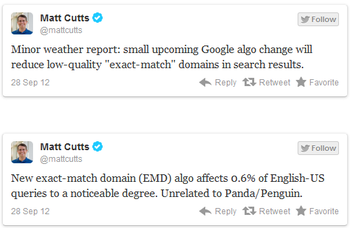New business have a lot to manage in a short period of time if they hope to be sustainable, and one of the most important marketing tools they can use is SEO. Establishing your company online is a huge step towards establishing your business in your community, and the only way to get popular online is to have a website showing up in the search rankings.
In the past, creating a respectable website with good content would have been enough to get your page on the search results page, but the internet is now an incredibly competitive arena. To get your website on the front page, you have to create great content while also managing a number of ranking signals that Google and Bing use to rank websites.
These signals are read by “bots” or “spiders” that index web pages and all of their internal information, which are sorted by algorithms that decide what pages get ranked where. There are seemingly countless signals, and it can be overwhelming when you are just getting started.
Startups trying to understand SEO often feel completely confused by the barrage of technical information out there, but there are some basic steps you can take to get started. Sujan Patel has five rules you can apply to running your website which will help any fledgling business firmly ground their online presence.







